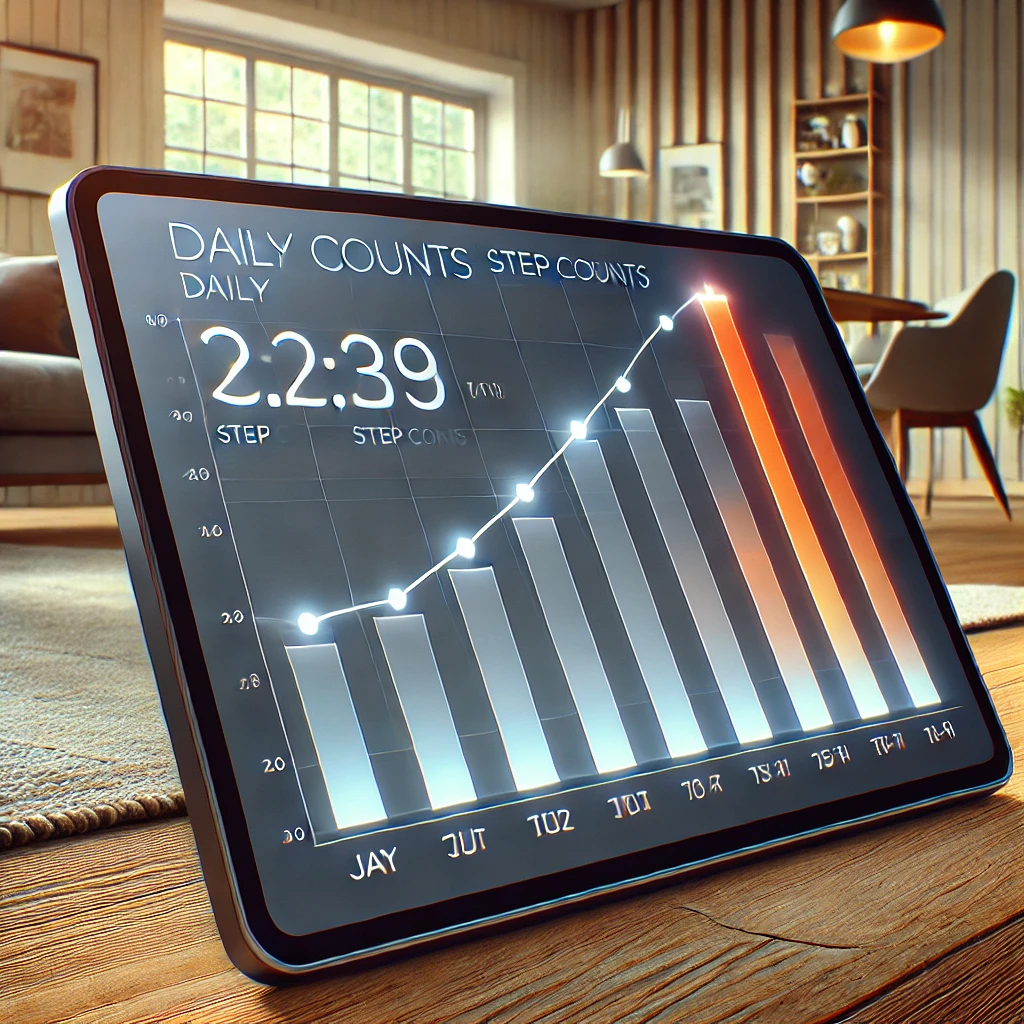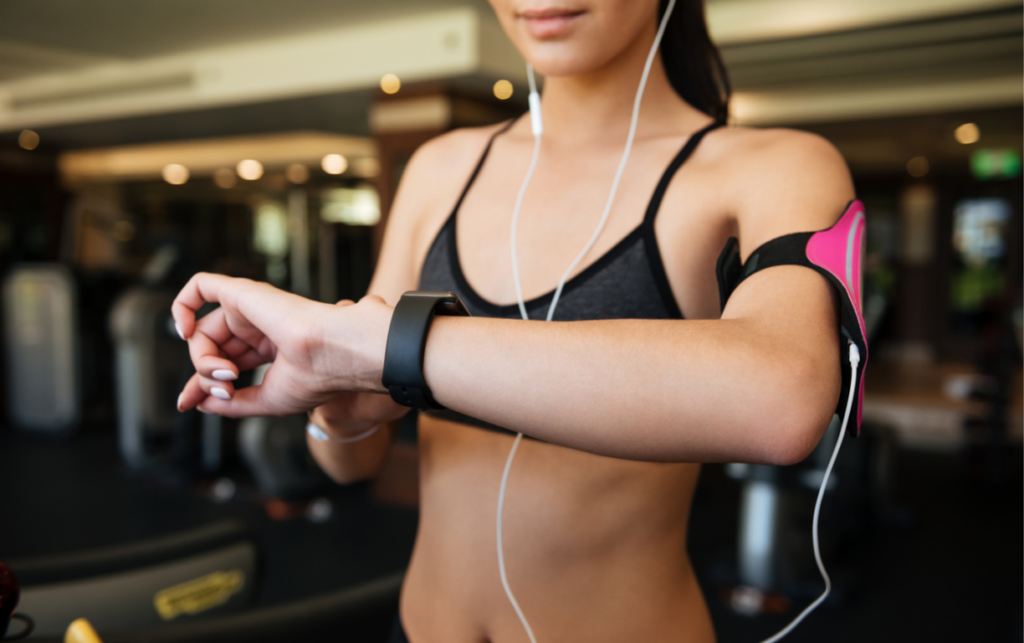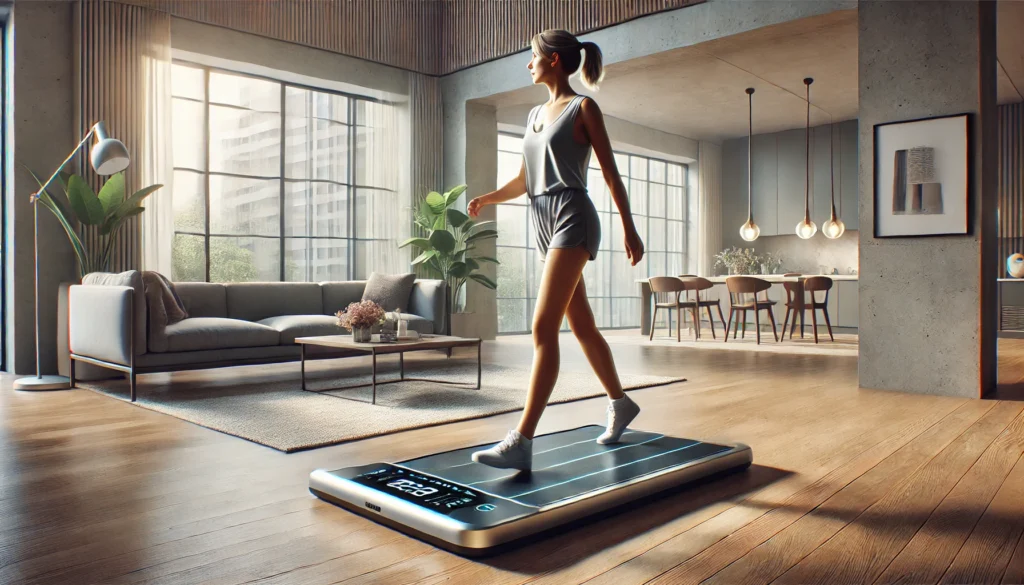Physical Address
304 North Cardinal St.
Dorchester Center, MA 02124
Physical Address
304 North Cardinal St.
Dorchester Center, MA 02124

Walking pads have transformed how you can incorporate fitness into your daily routine. These compact, portable treadmills make it easy to get your steps in while working from home or watching your favorite show. But how much should you really walk on a walking pad to reap the benefits?
Finding the right balance is key. Whether you're a beginner or a seasoned walker, understanding the ideal duratio
Walking pads have transformed how you can incorporate fitness into your daily routine. These compact, portable treadmills make it easy to get your steps in while working from home or watching your favorite show. But how much should you really walk on a walking pad to reap the benefits?
Finding the right balance is key. Whether you’re a beginner or a seasoned walker, understanding the ideal duration and intensity can help you achieve your fitness goals without overwhelming yourself. Let’s dive into some practical guidelines to help you make the most of your walking pad experience and boost your overall health.

Walking pads provide a convenient way to stay active throughout the day. To maximize your walking pad experience and achieve your fitness goals, consider the following guidelines for duration and intensity:
| Fitness Goal | Recommended Minutes per Day |
|---|---|
| General Health | 30-60 minutes |
| Weight Loss | 45-60 minutes |
| Improved Stamina | 30-120 minutes |
| Maintenance of Fitness | 30-60 minutes |
By following these guidelines as you incorporate a walking pad into your daily routine, you can effectively improve your overall health and reach your fitness goals efficiently.
Using a walking pad can significantly enhance your overall health and well-being. This innovative tool allows you to seamlessly incorporate physical activity into your daily routine.
Regular use of a walking pad contributes to various health improvements. It aids in:
When using a walking pad, several key factors can help you determine how much you should walk for maximum benefit. Consider your fitness goals, available time, and personal comfort to create an effective walking routine.
Your fitness goals significantly influence the duration and intensity of your walking sessions. For general health, aim for 30-60 minutes of moderate walking daily. If your focus is weight loss, extend your sessions to 45-60 minutes. Tailor your walking intensity to match your goals; incorporate intervals of brisk walking to challenge yourself further. Listen to your body and adjust your routine as needed to ensure you stay on track with your objectives.
Evaluate your daily schedule and determine how much time you can realistically dedicate to walking. If you have a busy day, even short bursts of 10-15 minutes on the walking pad can be beneficial. Aim for at least 150 minutes of moderate activity each week, dividing that time across days to fit your lifestyle. Flexibility is key; consider walking while working or during breaks to ensure you meet your weekly goals without overwhelming your schedule.
Your comfort level plays a crucial role in your walking sessions. Choose shoes that provide adequate support and ensure your walking environment is free of distractions. Adjust the speed and incline levels on your walking pad to match your fitness level and preference. Starting at a slower pace can help you acclimate, gradually increasing intensity as you become more comfortable. Prioritize your comfort to sustain your walking habit over time and help prevent any injuries.
Establishing the right walking duration is essential for achieving your fitness goals with a walking pad. Consider your fitness level and objectives to tailor your walking sessions effectively.
If you are new to exercising or using a walking pad, start with shorter sessions to build your endurance. Aim for 10-20 minutes of walking each day. Gradually increase your time by 5 minutes each week as your stamina improves. Ensure you listen to your body and take breaks as needed, prioritizing comfort and enjoyment in your routine.
For those who have established a walking habit and feel comfortable with moderate exercise, target 30-45 minutes of walking per day. This duration allows you to enhance cardiovascular health and endurance. Mix in variations in speed and incline every few minutes to challenge yourself and keep your routine engaging. Incorporating walking intervals can also optimize weight loss and fitness enhancement.
Advanced users looking to maximize their fitness can aim for 45-60 minutes of walking daily. At this level, consider incorporating high-intensity intervals or increasing the incline to boost calorie burn and muscle engagement. Maintaining this duration consistently throughout the week can help you meet and exceed the recommended 150 minutes of moderate aerobic activity. Adapt your goals as needed, always challenging yourself while ensuring recovery days are part of your week.

Maximizing your walking sessions on a walking pad requires focus on proper form and motivation. Use the following tips to enhance your experience and achieve your fitness goals.
To prevent injuries and make the most of your walking pad sessions, maintain proper form. Stand tall with your shoulders back and relaxed. Keep your head aligned with your spine and gaze forward. Your arms should swing naturally at your sides with elbows bent at about 90 degrees. Avoid gripping the side rails tightly; instead, use them for balance if necessary. Strike the ground with your heel first, rolling through to your toes with each step, which helps to distribute forces evenly and promotes better efficiency during your walks.
Keeping motivation high can be challenging but crucial for regular walking sessions. Set achievable short-term and long-term goals to track your progress. Consider joining a community or finding a walking buddy to share your journey and support each other. Create a playlist of your favorite upbeat songs or listen to engaging podcasts or audiobooks to make each session more enjoyable. Additionally, incorporating rewards for reaching milestones can provide extra incentive to stay committed. Aim to vary your routines to prevent boredom, and celebrate your achievements, no matter how small, to reinforce positive habits.
Monitoring your progress is vital to ensure you stay on track towards reaching your fitness goals with your walking pad. Utilizing technology and keeping a personal record can help you stay motivated and make necessary adjustments along the way.
Many fitness apps can help you track your walking time, distance, speed, and calories burned. Popular apps like MyFitnessPal, Strava, or Fitbit can integrate with your walking pad to provide real-time data. Set daily or weekly goals within these apps to keep yourself accountable. Some apps even allow you to connect with friends for added motivation. Check your progress regularly and adjust your walking plans based on the insights you collect.
Maintaining a walking journal is an excellent way to record your daily sessions. Write down the time you walked, how you felt, and any achievements or challenges you encountered. Include notes on your pace, distance, and any changes in physical fitness over time. This personal record not only helps you visualize your progression but also allows you to reflect on what works best for you. Include short-term and long-term goals to guide your walking journey and adapt your routine as necessary.
Walking pads offer a convenient way to incorporate physical activity into your daily routine. By understanding your fitness goals and adjusting your walking duration accordingly, you can maximize the benefits of this innovative tool. Whether you’re a beginner or an advanced user, finding a balance between intensity and duration is key to achieving your health objectives.
Remember to listen to your body and make adjustments as needed. Prioritizing comfort and proper form will help you maintain a sustainable walking habit. With the right approach and consistency, you’ll not only enhance your physical health but also boost your mental well-being. Embrace the journey and enjoy the positive changes that come with regular walking.